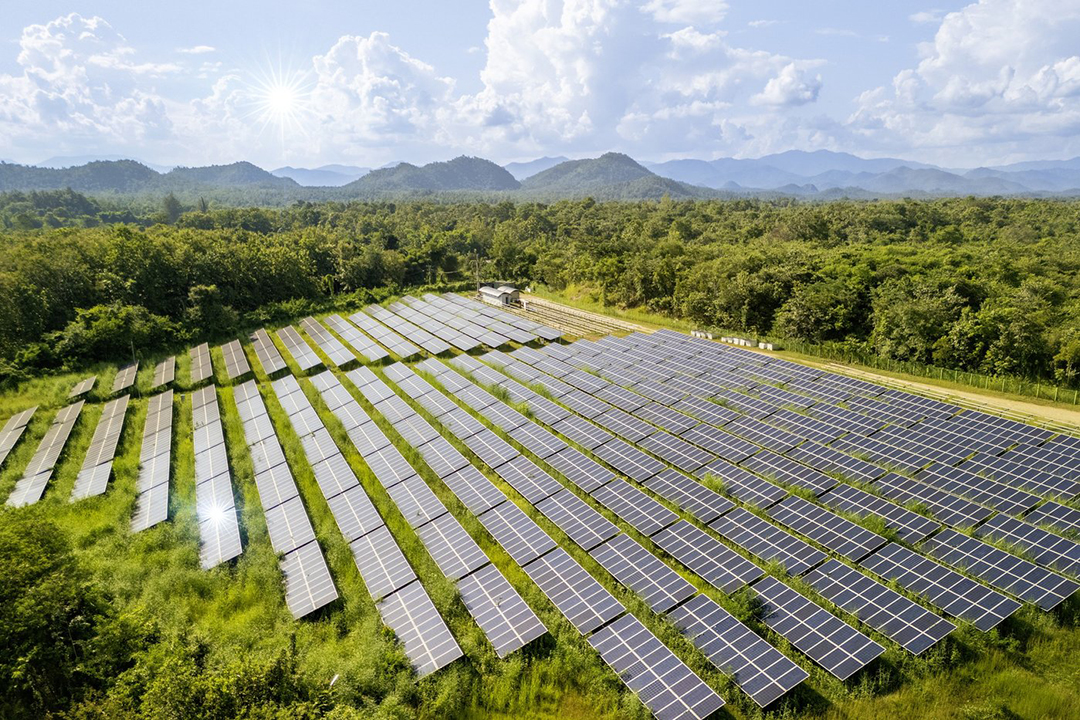On Thursday, a 5-megawatt solar array was completed in Middlebury, Vermont, providing power to a nearby university. With the help of Encore Renewable Energy and Greenbacker Renewable Energy, 40% of Midbury College's electricity is provided by solar energy.
This solar cell array is one of the largest solar cell arrays in the state, with 15348 solar panels installed on a single axis tracker.
Lauri L. Patton, Dean of Middlebury College, said, "This is a true collaborative effort to fully electrify the solar array and provide renewable clean energy to the college." He pointed out that Middlebury College students have helped the project achieve results through collaboration. Support climate justice.
Middlebury College will retain the renewable energy credits generated by the array, bringing it closer to achieving the climate goal of using 100% renewable electricity by 2028. Middlebury College, Encore, and utility Green Mountain Power (GMP) have arranged for the college to purchase renewable energy credits.
The remaining 60% of Middlebury College's electricity comes from its biomass power plants, other local solar sites, and GMP grid, which is 100% carbon free and 68% renewable.
Encore founder and co CEO Chad Farrell stated that this project is the first of its kind in Vermont, "bringing a customer-oriented, low-cost clean energy new model that will not have a negative economic impact on other taxpayers
The solar cell array is located approximately two miles from the Middlebury campus, developed and built by Encore, and now owned and operated by Greenbacker, an independent power producer and investment management company focused on energy transition.
This solar power plant is one of the first in Vermont to truly track the sun from east to west, allowing us to generate 15% to 20% more electricity, which provides lower electricity costs for Middlebury, "said Matt Murphy, the company's Chief Operating Officer. Green backed customer.
As part of the project, South Street Storage - a battery system built next to a solar array - will store excess energy that could otherwise be lost during low electricity demand and peak sunlight at noon.



